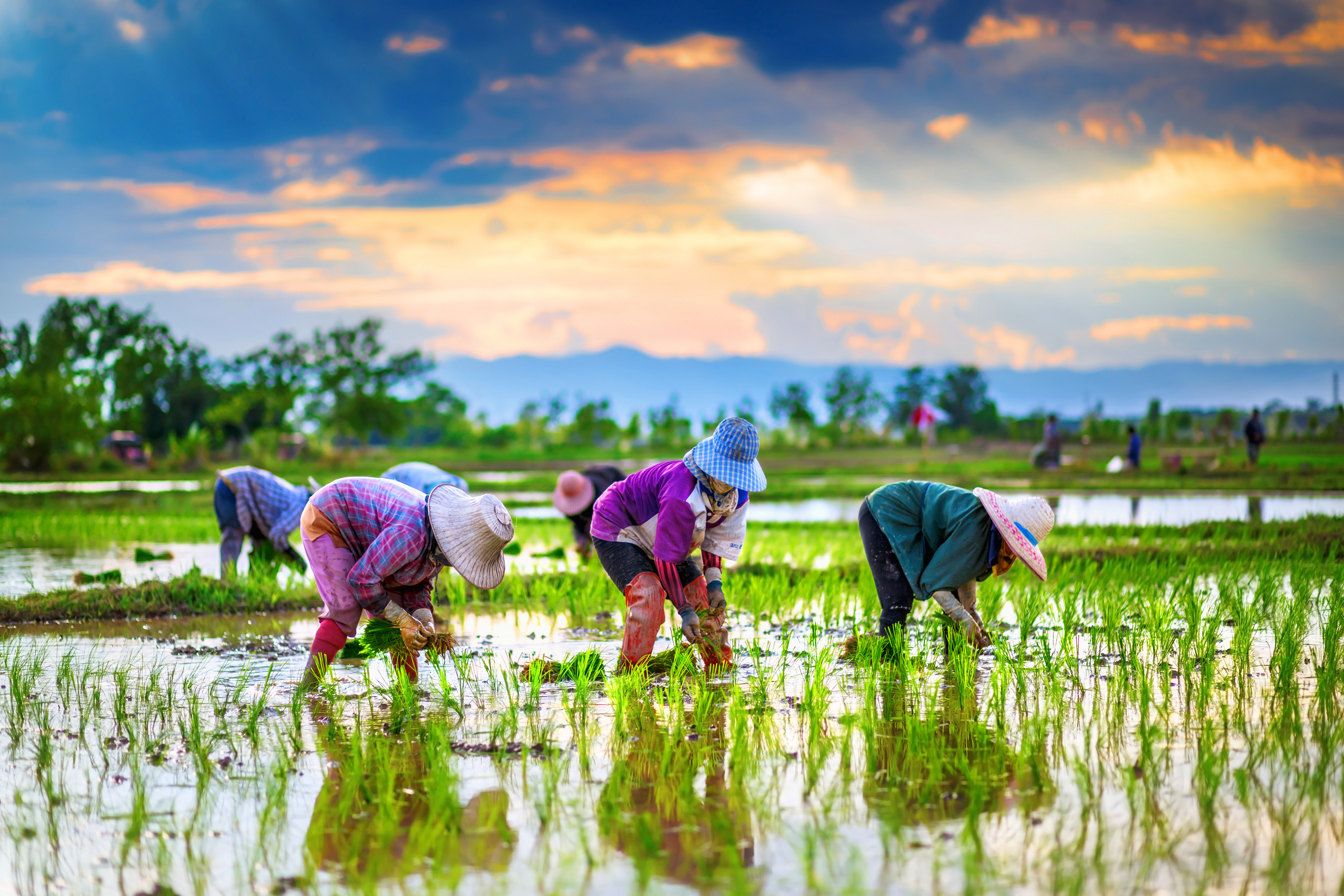Transforming food security and safety: the role of Earth Intelligence in global food systems

Every meal relies on a healthy planet. Yet in 2024, between 638 and 720 million people went hungry (according to the 2025 State of Food Security and Nutrition in the World Report), while climate change, polluted water, and intensive farming are making our food less safe. Earth Intelligence helps us see risks early, test scenarios, and act before problems escalate. Within the One Health approach, it connects the dots between humans, animals, and environment so that policymakers and practitioners can boost food security, and protect both public and planetary health.
The GEO Health Community of Practice (CoP)'s Food Security and Safety Work Group focuses on strengthening applications that address food- and waterborne diseases, including monitoring and prediction of pathogens and toxins across terrestrial, marine and coastal environments.
The One Health approach
One Health recognises the interconnectedness of human, animal, and environmental health. It is vital for understanding food-borne illness, water contamination, and the risks of zoonotic diseases, each with direct implications for food security and safety.
The Food Security and Safety Work Group convenes partners from water, food, agriculture, public health, and local communities to align strategies, share knowledge, and coordinate action across spatial and temporal scales.
Integrating Earth observations with One Health is challenging but essential. Satellite and in situ data provide the evidence base to predict, monitor, and mitigate environmental drivers of food- and water-borne diseases, protecting human, animal, and ecosystem health.
Earth observations can track land-use change and water quality, gauge agricultural productivity and food supply, and detect hazards that threaten food safety. Combined with data-driven, advanced predictive modelling, these insights help identify risks early and guide timely action.
Addressing data gaps and challenges
Pressing constraints include limited understanding of teleconnection patterns, data uncertainty, and gaps in anticipating future food demand and agricultural activity. Real-time monitoring of polluted irrigation water remains a particular challenge, especially in remote or resource-constrained areas.
Earth observations can bridge these gaps by informing early warning systems for crop health, environmental conditions, and water pollution. Collaboration with policymakers is key to embedding these tools in regulatory frameworks. A meta-repository of open data and case studies will further improve access, comparability, and community uptake.
Promoting solutions
The Food Security and Safety Work Group is conducting a literature review on Earth observation for food safety and security, developing perspectives on strengthening early warning systems and aligning with existing initiatives. A monthly webinar series, featuring speakers from academia, industry, and NGOs, expands networks and showcases practical solutions to current and emerging challenges.
To learn more about the GEO Health Community of Practice’s Food Security and Safety Work Group, read the white paper or get in touch.